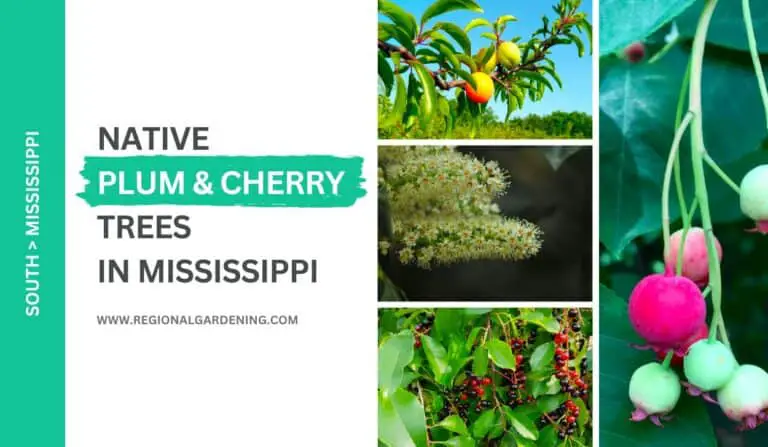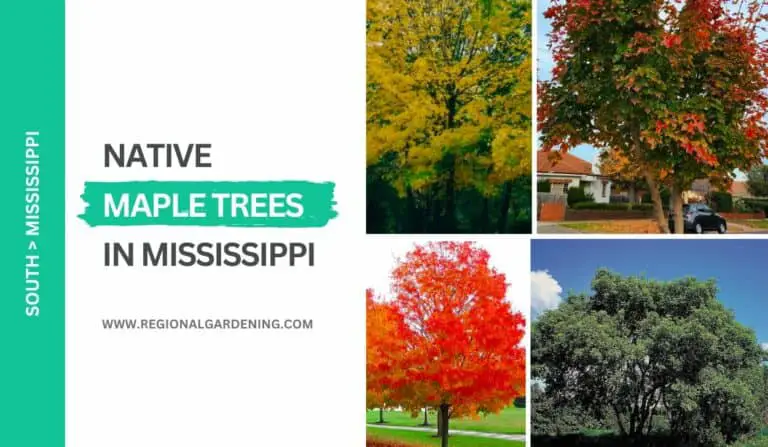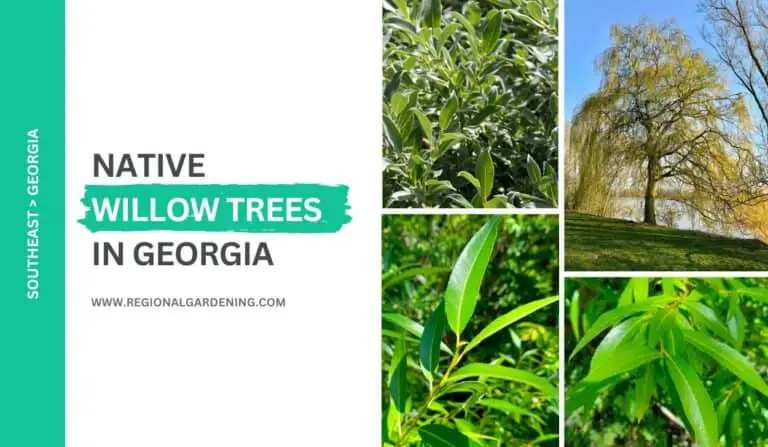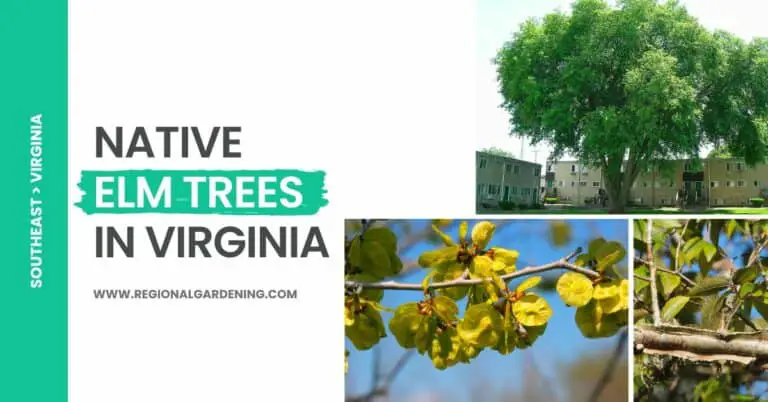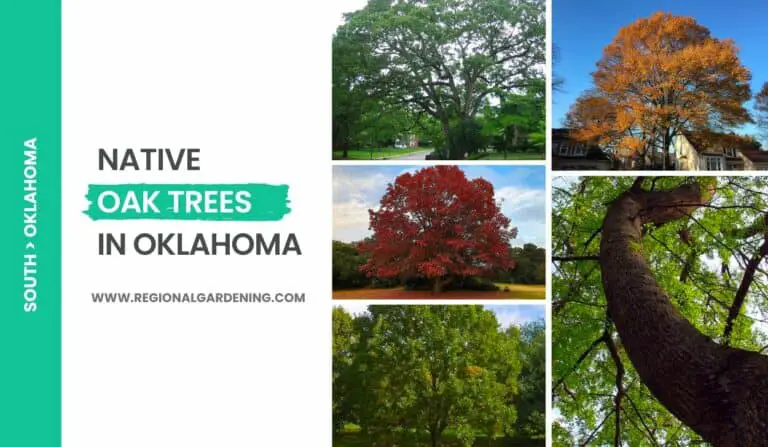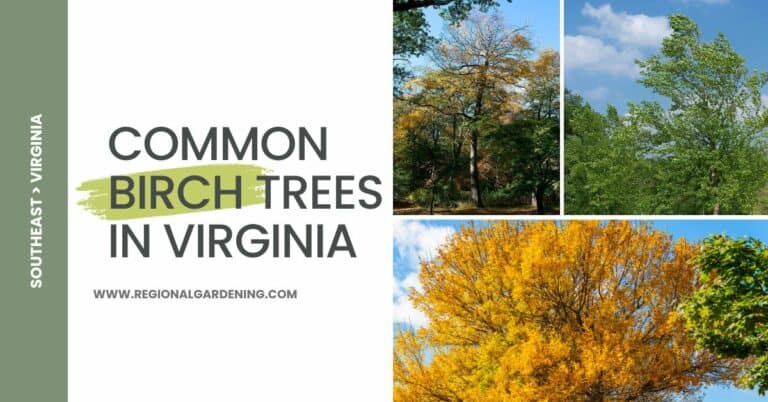4 Native Ash Trees In Georgia (All You Need To Know)
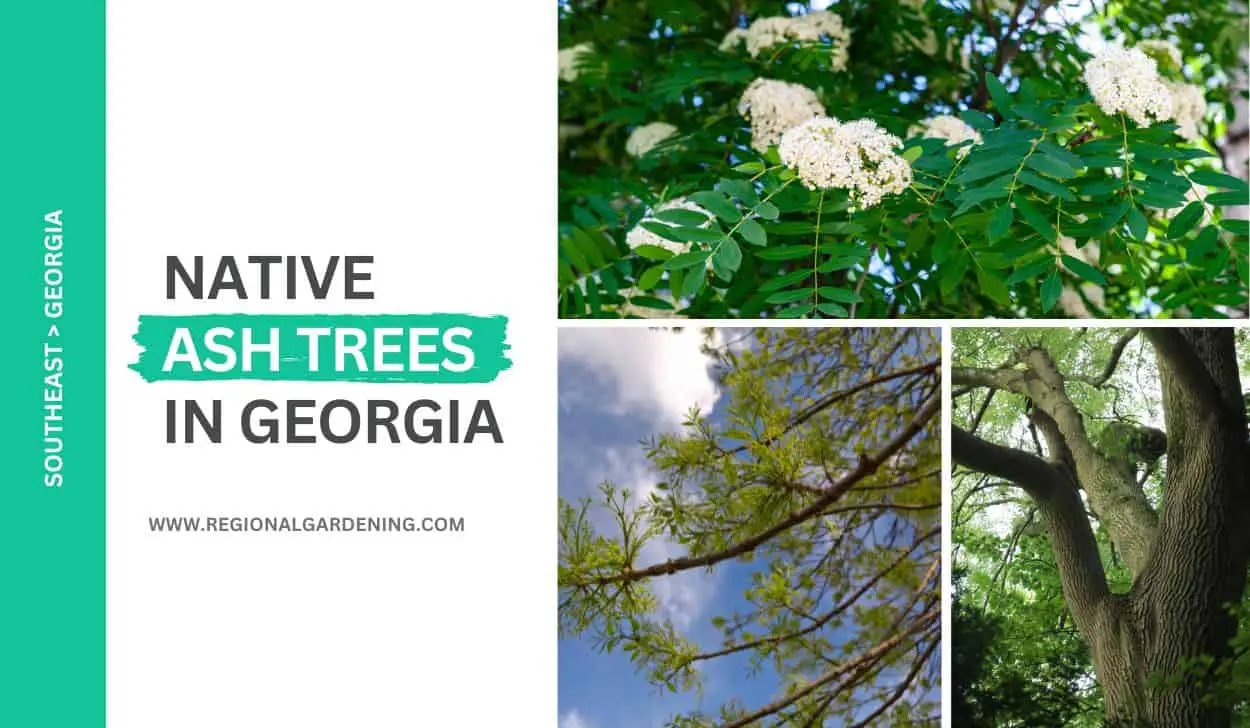
Ash trees are an important part of the state’s ecosystem because they provide a habitat for wildlife and contribute to the state’s aesthetic appeal. They are also used for a variety of purposes, including timber production and shade provision.
In this article, we will explore the four native ash trees in Georgia. We will also discuss some of the benefits of these trees. By being able to differentiate between different types, you can guarantee the correct identification of ash trees in your locality and benefit from the myriad advantages they offer.
Additionally, if you have enough space in your backyard, why not consider planting an ash tree and participating in the preservation of these majestic trees from Emerald Ash Borer disease?
1. Green Ash
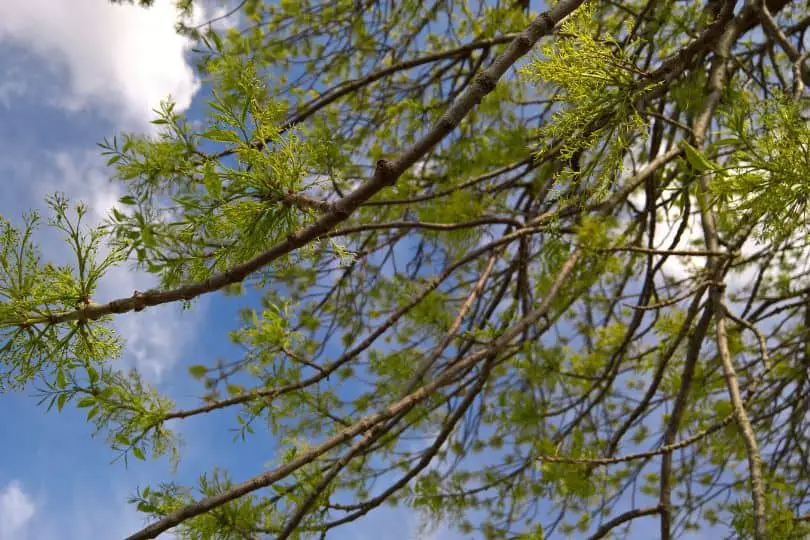
- Common Name: Green Ash
- Scientific Name: Fraxinus pennsylvanica Marsh.
- Mature Height: 40 to 60 feet
- Native/Non-Native: Native
- Flowers/Cones: Flowers
- Uses: Similar to those of white ash but the wood is of poorer quality.
Green Ash is a deciduous tree from the olive family. During the autumn season, the tree drops its leaves. The leaves are bright green and lustrous on the outside, with smooth undersides save for the midrib. They have 7 to 9 small, elliptical leaflets with coarsely serrated borders and are compound.
The Green Ash leaflets are thin and have smooth undersides. The scars on the leaves are either straight or slightly notched on the top margin. The wood of the tree is dense, robust, strong, brittle, coarse-grained, and light brown.
The fruit of the tree has a slender wing that is 1 to 2 inches long and 1/4 inch or less wide. The bark is dark with a scarlet hue and is slightly wrinkled. Green Ash grows into a dense head with a thin trunk 1 to 2 feet in diameter and slender, spreading branches.
Except in the higher elevations, Green Ash grows in low, fertile, moist soil near streams throughout the state. The tree is used in the same way as White Ash, however, the wood quality of the Green Ash is inferior.
2. White Ash
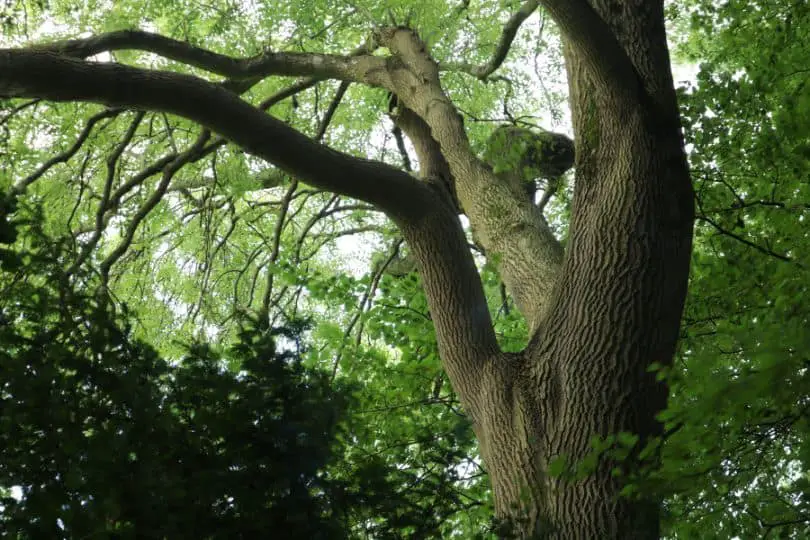
- Common Name: White Ash
- Scientific Name: Fraxinus americana L.
- Mature Height: 50 to 80 feet
- Native/Non-Native: Native
- Flowers/Cones: Fruit with a pointed, oblong, and notched wing
- Uses: Handles, vehicle parts, furniture, trunks, plywood, steering wheels, baseball bats, and oars
The white ash is a lovely tree that can reach heights of 80 feet. Its leaves are deciduous, which means they fall off in the autumn.
On the twig, these leaves are compound and opposing, with smooth or finely serrated margins. The upper side is dark green and smooth, while the lower side is pale and smooth.
White ash bark is ashy gray and furrowed into tight, diamond-shaped regions divided by short ridges. Its fruits range in size from 3/8 to 1 1/2 inches in length, with small and juicy seeds. With a breadth of 1/8 to 1/4 inch, the wing is pointed, oblong, and notched at the end. The wing does not extend around the seed.
Because of its heavy, hard, strong, close-grained, and robust wood, the white ash is one of Georgia’s most valuable hardwood trees. The wood from this tree is used to manufacture handles, automobile parts, furniture, trunks, plywood, steering wheels, baseball bats, oars, and other products. The white ash is endemic to Georgia and can be found on damp, fertile soil all over the state, but it is most common in the mountains and Piedmont.
3. Carolina Ash
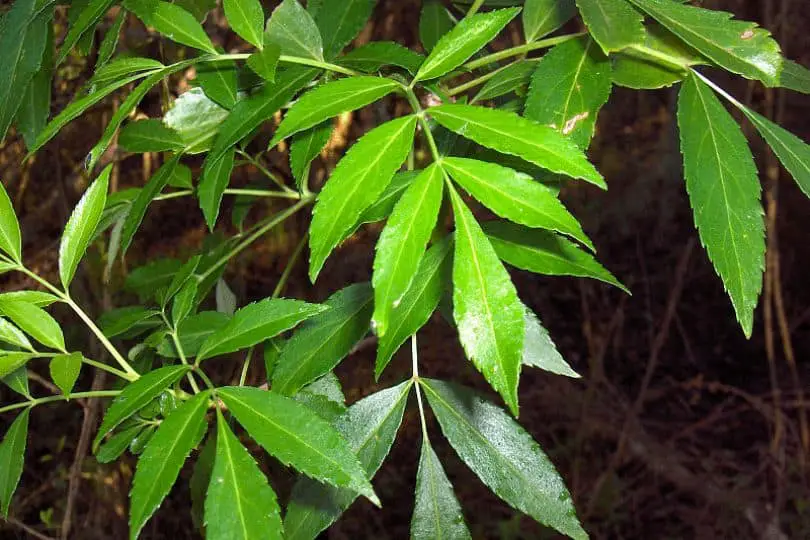
- Common Name: Carolina Ash Tree
- Scientific Name: Fraxinus caroliniana
- Mature Height: 30 to 50 feet
- Native/Non-Native: Native to the southeastern United States, including Georgia
- Main Attraction: Small greenish flowers in clusters in spring, followed by samara fruit in fall
Despite their name, Carolina Ash trees are among the most common ash trees in Georgia. This tree is also known as Water Ash, Swamp Ash, and Pop Ash. It can grow to be 30 to 50 feet tall and 20 to 35 feet wide.
Carolina Ash Trees have pinnate leaves with 7-9 leaflets and a narrow, oval-shaped canopy that provides modest shade. These leaflets are brilliant green in the summer and become yellow before dropping in the fall.
The bark of this tree is gray to brown with deep furrows and interlacing ridges. It produces small, greenish blooms in clusters in the spring, followed by its fruit, a samara or winged seed that ripens in the fall.
The Carolina Ash Tree prefers moist soils like those found along riverbanks, marshes, and floodplains. This tree is very adaptable and can grow in various soil types, including clay and sandy soils. It is also very drought tolerant, making it an important tree in drought-prone areas.
Aside from its beauty, the Carolina Ash Tree is an important part of many ecosystems. It is home to a variety of wildlife species, including birds, squirrels, and deer.
Furthermore, this tree species is resistant to a variety of pests and diseases that may affect other ash tree species, making it an excellent addition to any landscape.
4. Mountain Ash
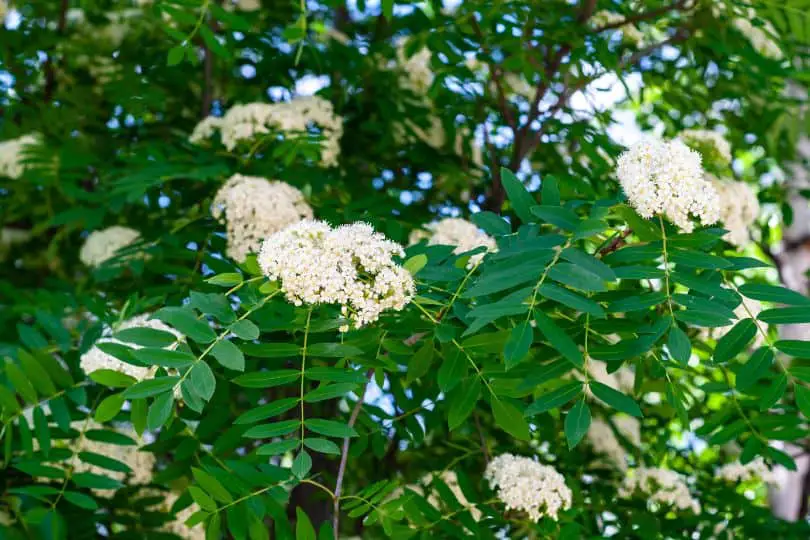
- Common Name: Mountain Ash
- Scientific Name: Sorbus americana
- Mature Height: 20 to 30 feet
- Native/Non-Native: Native
- Attraction: Bright orange berries
- Uses: Ornamental purposes and medicinal qualities of inner bark
If you are looking to grow short ash trees in Georgia, then Mountain Ash is a great choice since it is the shortest variety in the ash family. This small shrub or tree can reach a height of 20-30 feet and has thin branches that form a narrow, round-topped head.
The Mountain Ash tree’s true gem is its bright orange berries, which are the size of peas and have a thin covering of sour flesh. These berries enhance the tree’s aesthetic beauty and attract birds and other animals.
The surface of the tree is smooth, with a light gray hue interrupted by small, plate-like scales. It is approximately an inch thick.
The leaves are intricate and can grow to be 6-8 inches long, with 13-17 leaflets that have long tips and toothed margins. The leaflets are bright green from above and turn a vibrant yellow in the fall.
Mountain Ash wood is light, delicate, and fragile, with a pale brown color and light sapwood. Its extremely close grain is a result of delayed growth.
Except for its decorative value and the therapeutic properties of its inner bark, the tree has no commercial value. Native Americans used the inner bark of the tree for medicinal purposes such as sore throat and stomach ailment treatment.
Mountain Ash trees are native to Georgia and many other states in the United States, and can be found in forests as far south as Pine and Mille Lacs Counties. While it grows best in moist environments, it can also grow in drier conditions and thinner soils.
Similar Articles
- Native Oak Trees in Georgia
- Native Dogwood Trees In Georgia
- Native Pine Trees In Georgia
- Native Hickory Trees In Georgia
- Native Maple Trees In Georgia
- Native Tupelo Trees In Georgia
- Native Plum Trees In Georgia
- Native Magnolia Trees In Georgia
- Native Willow Trees In Georgia
- Native Elm Trees In Georgia
- Native Cottonwood Trees In Georgia
- Native Cedar Trees In Georgia
- Native Birch Trees In Georgia
- Common Purple Trees In Georgia
- Common Cypress Trees In Georgia
- Common White Flowering Trees In Georgia
Native Ash Trees In Georgia – Sources
The Regional Gardening team makes sure that the information in our articles is accurate by only using sources that are known to be trustworthy. Some of these sources are peer-reviewed journals from government agencies, well-known universities, and scientific research organizations.
- Georgia Native Plant Society
- College Of Agricultural & Environmental Sciences, University Of Georgia
- Native Plants Books, Georgia Native Plant Society
- Georgia Forestry Commission
- Native Plants Of North Georgia, University Of Georgia
- Tree Care, Georgia Tree Council


